Southeast Asia stands as one of the world’s premier scuba diving destinations, offering an incredible array of underwater experiences that cater to divers of all skill levels. As someone who has spent years exploring these crystal-clear waters, I can confidently say that the region’s best diving in Southeast Asia combines stunning marine biodiversity with remarkable accessibility. These seven exceptional dive sites offer easy access from shore or short boat rides, making them perfect for beginners while still providing unforgettable experiences for seasoned divers.
Koh Tao Thailand The Perfect Learning Paradise
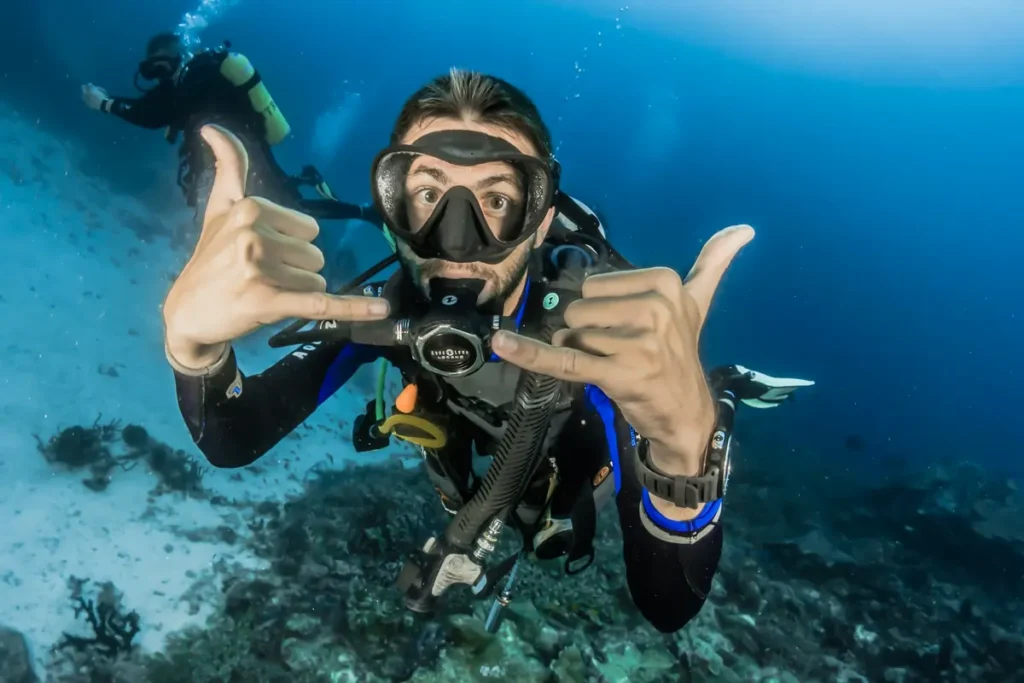
My first encounter with Koh Tao’s underwater world happened on a calm morning in November, and it immediately became clear why this tiny Thai island has earned its reputation as the world’s diving certification capital. The best diving in Southeast Asia for beginners starts right here, where gentle currents and pristine shallow reefs create ideal learning conditions.
Why Koh Tao Leads Southeast Asian Diving
Koh Tao’s compact size belies its incredible diving diversity. The island offers over 25 dive sites within a 30-minute boat ride, with depths ranging from 8 to 40 meters. Water temperatures remain consistently warm at 27-30°C (80-86°F) year-round, eliminating the need for thick wetsuits that can intimidate new divers.
The island’s most famous sites include Chumphon Pinnacle, where massive schools of chevron barracuda create mesmerizing underwater tornadoes, and Sail Rock, home to the occasional whale shark encounter. For beginners, Japanese Gardens offers a perfect introduction to coral reef diving with its shallow depths and minimal currents.
Accessibility and Infrastructure
What makes Koh Tao exceptional among the best diving in Southeast Asia destinations is its world-class diving infrastructure. The island hosts over 50 PADI dive centers, creating healthy competition that keeps prices reasonable while maintaining high safety standards. Most dive shops offer package deals that include accommodation, making it incredibly convenient for diving-focused trips.
The island is easily accessible via ferry from Koh Samui (90 minutes), Koh Phangan (45 minutes), or mainland Chumphon (2.5 hours). This connectivity makes it simple to incorporate diving into broader Thailand itineraries.
Gili Islands Indonesia Turtle Paradise With Zero Traffic
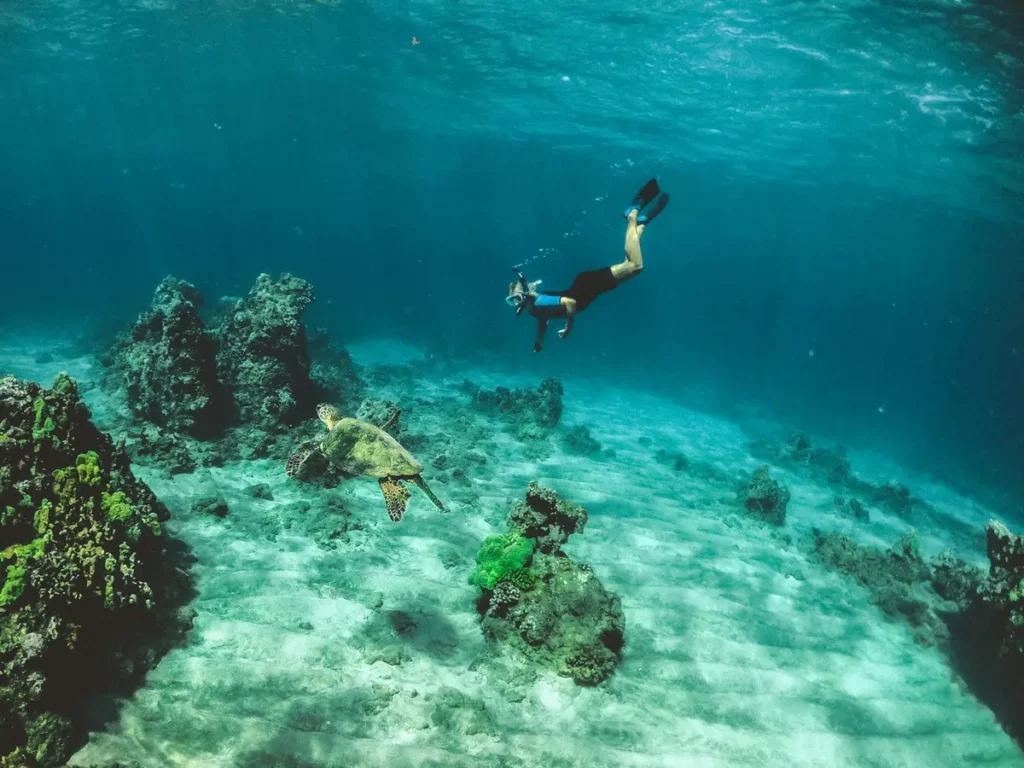
The Gili Islands transformed my understanding of what makes diving truly special. Located off Lombok’s northwest coast, these three small islands offer some of the best diving in Southeast Asia with an incredibly relaxed atmosphere both above and below water.
Turtle Heaven and Marine Biodiversity
The Gili Islands live up to their reputation as turtle paradise. During my morning dives at Turtle Heaven near Gili Meno, I consistently encountered 5-8 green and hawksbill turtles per dive. The dive site features a pinnacle that starts at 10 meters and drops to 30 meters, making it suitable for all certification levels.
Shark Point, located northwest of Gili Trawangan, offers thrilling encounters with blacktip and whitetip reef sharks. The site’s unique topography includes shallow turtle cleaning stations at 5-8 meters and deeper sections reaching 50 meters, accommodating both novice and advanced divers on the same excursion.
Easy Access and Unique Transportation
What sets the Gilis apart in the best diving in Southeast Asia category is their unique charm. With no motorized vehicles allowed, transportation is limited to bicycles and horse-drawn cidomo carts, creating a peaceful environment perfect for diving-focused vacations.
The islands are accessible via fast boat from Bali (1.5-2 hours) or Lombok (20 minutes). Most dive sites are within 5-15 minutes by boat, allowing for multiple dives per day without long surface intervals on boats.
Tulamben Bali Shore Diving Excellence

The USAT Liberty shipwreck in Tulamben represents everything exceptional about the best diving in Southeast Asia. This World War II cargo ship, torpedoed by a Japanese submarine in 1942, sits just 25 meters from Tulamben’s volcanic sand beach.
The Liberty Wreck Experience
Walking into the water from Tulamben beach and swimming 25 meters to reach a 120-meter shipwreck feels almost surreal. The Liberty sits in 5-30 meters of water, making it accessible to Open Water divers while offering enough depth and complexity for technical divers. The wreck has become an artificial reef over eight decades, hosting incredible marine life including schools of barracuda, jackfish, and the occasional mola mola (oceanic sunfish).
During my multiple visits to Tulamben, I’ve witnessed the site’s remarkable accessibility benefits. Divers can enter and exit at their own pace, making it perfect for underwater photography and extended bottom times. The lack of boat schedules means you can dive when conditions are optimal.
Beyond the Liberty Wreck
Tulamben offers several other shore-accessible sites. Coral Garden, located just 50 meters east of the Liberty, features vibrant coral formations in shallow water perfect for night diving. Drop Off provides wall diving starting at 5 meters and descending beyond recreational limits, offering encounters with larger pelagic species.
Anilao Philippines Macro Photography Haven
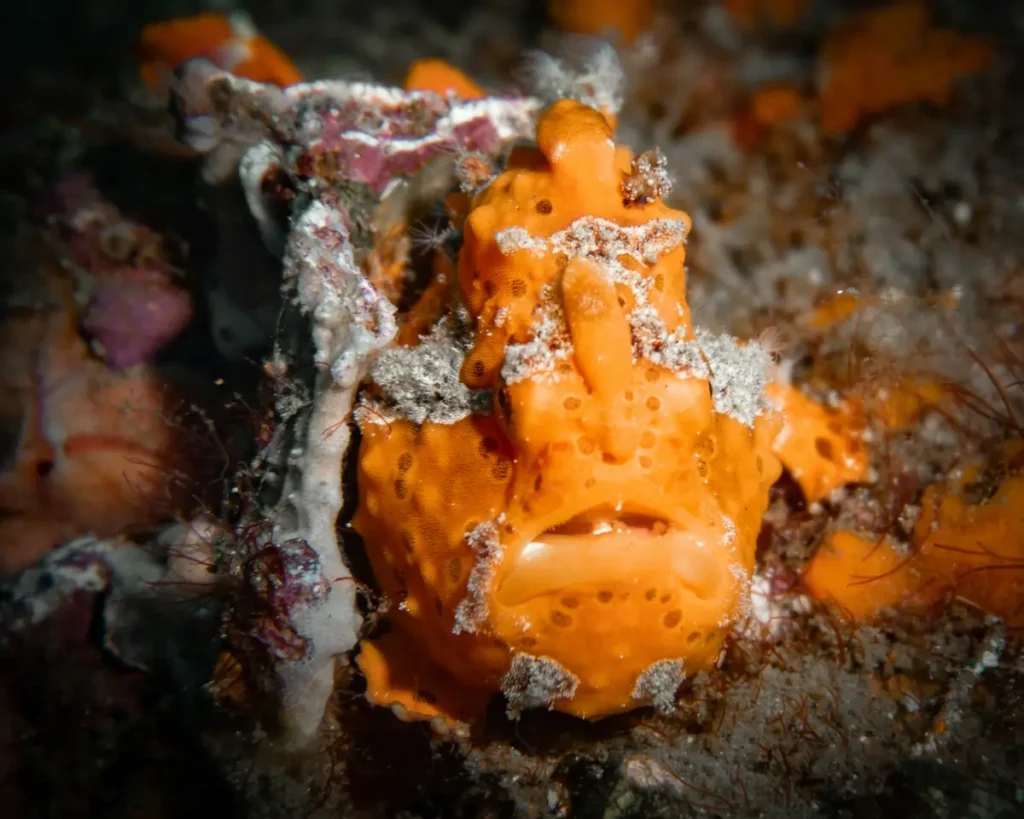
For underwater photography enthusiasts seeking the best diving in Southeast Asia for macro subjects, Anilao in Batangas province delivers unparalleled biodiversity in easily accessible packages. Located just 3 hours drive south of Manila, Anilao has earned recognition as the Philippines’ premier macro diving destination.
Critter Diversity and Photography Opportunities
Anilao’s volcanic sand slopes and healthy coral reefs create ideal habitats for the small creatures that make macro photography spectacular. During my week-long photography workshop here, we encountered rhinopias, frogfish, ghost pipefish, mimic octopus, and numerous nudibranch species on every dive.
The area’s dive sites range from 5-30 meters depth, with most macro subjects found in the 12-18 meter range where natural light remains strong enough for photography. Sites like Cathedral Rock and Beatrice Rock offer both macro opportunities and stunning coral formations for wide-angle photography.
Accessibility for Day Trips and Extended Stays
What makes Anilao exceptional among best diving in Southeast Asia macro destinations is its proximity to Manila. Day trips are feasible, though staying 2-3 nights allows for multiple dives per day and optimal lighting conditions for photography. Most resorts offer comprehensive photography services, including equipment rental and processing facilities.
The area features over a dozen established dive sites within 10 minutes boat ride from most resorts, ensuring calm surface conditions and easy access regardless of weather.
Padang Bai Bali Gentle Conditions Meet Diverse Marine Life
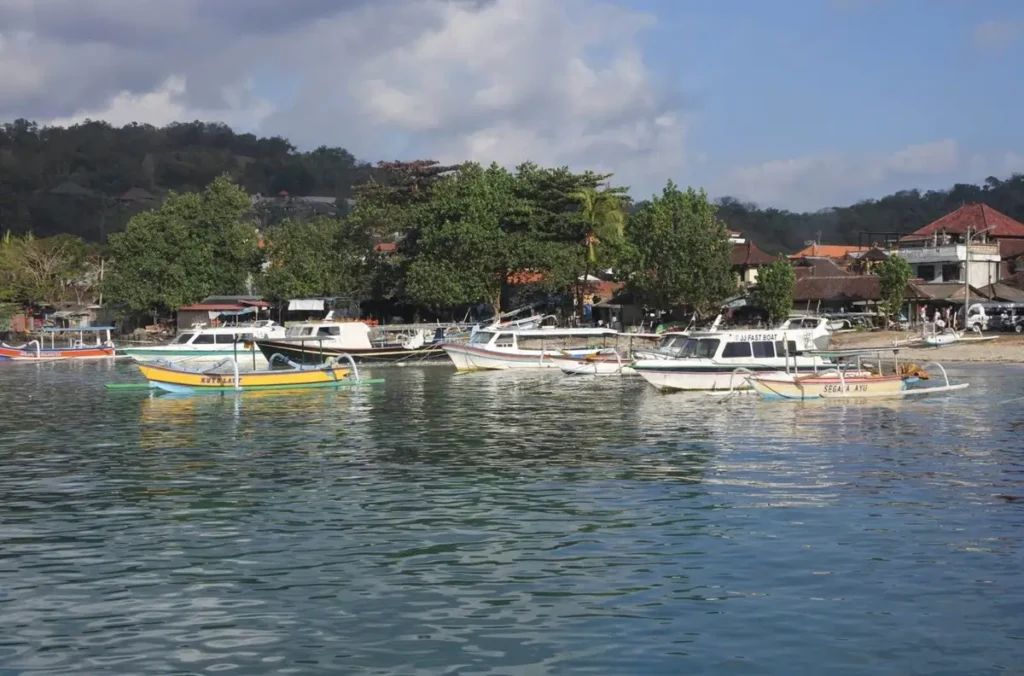
Padang Bai perfectly exemplifies what makes certain locations the best diving in Southeast Asia for skill development. Located on Bali’s southeast coast, this small fishing village offers consistently gentle conditions ideal for building confidence underwater.
Blue Lagoon and Diverse Dive Sites
Blue Lagoon, Padang Bai’s signature dive site, features pristine white sand bottom with large coral bommies starting at 5 meters depth. The protected bay location ensures calm surface conditions, making entries and exits comfortable for new divers. Marine life includes everything from tiny nudibranchs to occasional visits from manta rays and mola mola.
Tanjung Jepun offers more challenging diving with stronger currents and the possibility of encountering larger pelagic species including white-tip reef sharks and occasional hammerhead sharks. The site’s accessibility from the same boat launch point allows divers to progress naturally from beginner to intermediate sites.
Strategic Location and Easy Access
Padang Bai sits perfectly positioned for exploring Bali’s diverse diving. It’s just 1 hour drive from Sanur, making day trips feasible from southern Bali accommodations. The town also serves as the ferry port to Lombok, making it a logical stopover for island-hopping itineraries that include the best diving in Southeast Asia.
Local dive operations use traditional jukung boats, providing authentic cultural experiences alongside world-class diving. Most sites are within 5-10 minutes from shore, minimizing travel time and seasickness potential.
Perhentian Islands Malaysia Tropical Paradise Diving
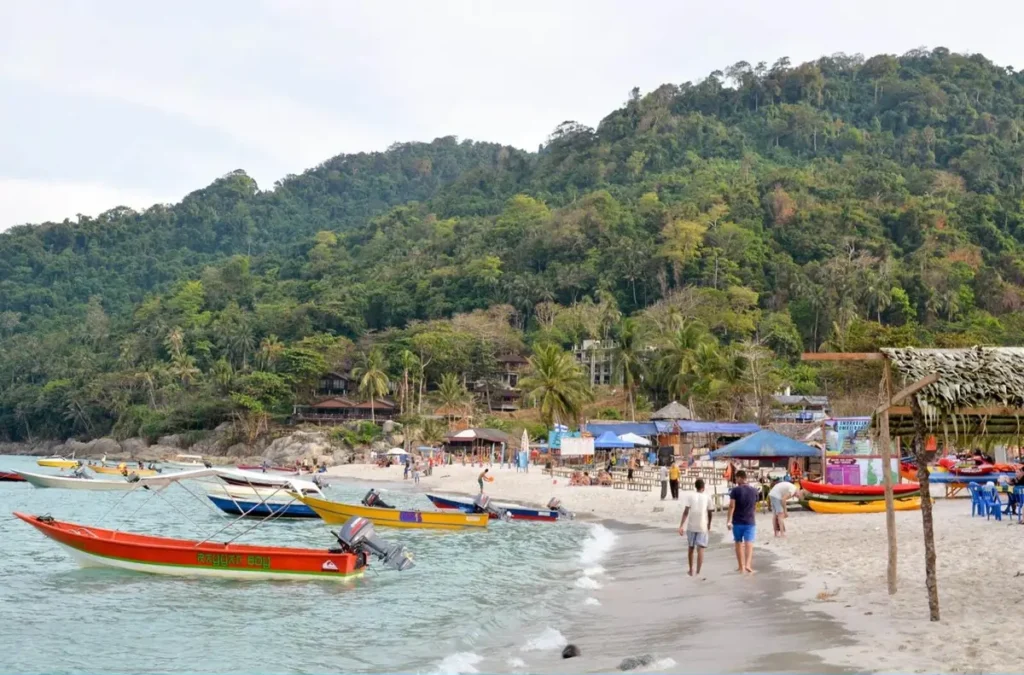
The Perhentian Islands off Malaysia’s east coast offer some of the best diving in Southeast Asia combined with pristine tropical island experiences. These two main islands, Perhentian Besar and Perhentian Kecil, provide diverse diving opportunities within protected marine park waters.
Tokong Laut The Pinnacle Experience
Tokong Laut, known as “Temple of the Sea,” represents the pinnacle of Perhentian diving. This dramatic underwater mountain rises from 24 meters to within 8 meters of the surface, creating unique diving topography. The site hosts giant pufferfish, moray eels, bamboo sharks, and massive schools of snappers.
During my exploration of this site, the abundance of turtles was remarkable. Green and hawksbill turtles are virtually guaranteed sightings, with many dives featuring 4-6 turtle encounters. The currents here remain generally mild, making it accessible to Open Water divers while offering enough complexity for advanced divers.
Accessibility and Value
The Perhentians represent exceptional value among best diving in Southeast Asia destinations. Diving costs significantly less than comparable locations, without compromising safety or experience quality. The islands are accessible via speedboat from Kuala Besut on the mainland, with boats running multiple times daily during the March-October season.
Most dive sites lie within 10-20 minutes boat ride from both islands, allowing for easy scheduling and multiple dives per day. The shallow nature of many sites (15-25 meters maximum) extends bottom times and makes decompression planning simple.
Malapascua Philippines Thresher Sharks and Easy Access
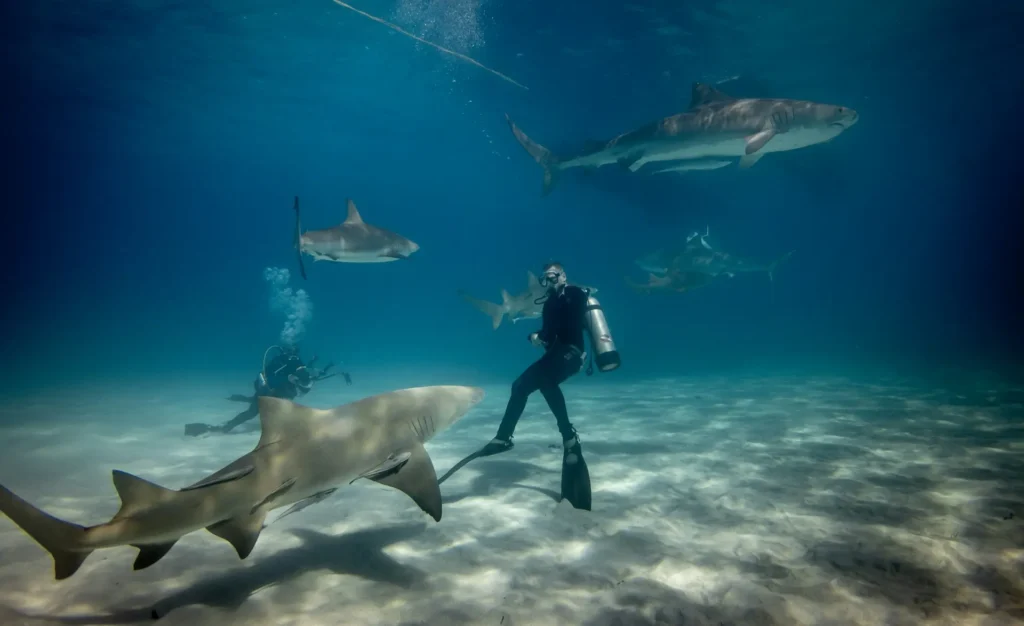
Malapascua Island offers perhaps the most unique combination of accessibility and spectacular marine encounters among the best diving in Southeast Asia. This small island off northern Cebu has gained worldwide recognition for its reliable thresher shark encounters.
Thresher Shark Capital of the World
Malapascua’s claim to fame lies in its year-round thresher shark diving at Monad Shoal and Kimud Shoal. These cleaning stations, located 20-30 minutes by boat from the island, provide near-guaranteed encounters with these elusive deep-water sharks during early morning dives.
The thresher sharks visit cleaning stations at depths of 14-25 meters, making encounters accessible to Advanced Open Water divers. Beyond the sharks, these sites feature healthy coral ecosystems with diverse fish populations including schools of barracuda, trevally, and various ray species.
Beyond the Big Attractions
While thresher sharks attract most visitors, Malapascua offers diverse diving suitable for all levels. Gato Island features swim-throughs, caves, and excellent macro life. The island’s house reefs provide easy shore access for night diving and skill development, making it truly representative of the best diving in Southeast Asia for varied experiences.
The island is accessible via bus from Cebu City to Maya Port (4 hours), followed by a 30-minute boat ride. This land-sea combination makes it more involved than some destinations but rewards visitors with pristine marine environments and authentic Filipino culture.
Planning Your Southeast Asian Diving Adventure
Choosing among these best diving in Southeast Asia locations depends on your experience level, interests, and travel preferences. For first-time divers, Koh Tao offers the most comprehensive infrastructure and learning environment. Photography enthusiasts should prioritize Anilao for macro subjects or Tulamben for wreck photography.
Best Times to Visit
The optimal diving season varies by location but generally runs from November to April for most sites. This period offers calm seas, excellent visibility, and minimal rainfall. However, each destination has unique seasonal considerations that affect marine life encounters and diving conditions.
Water temperatures remain consistently warm (26-30°C) throughout the region, requiring only lightweight wetsuits or rash guards. This consistent warmth makes Southeast Asia ideal for extended diving trips without heavy equipment requirements.
Certification and Safety Considerations
All seven locations offer PADI and SSI certification courses, though standards and instructor quality vary significantly. Research dive centers thoroughly, particularly for certification courses, as this impacts both safety and learning quality.
Many sites accommodate snorkelers and non-certified divers through Discover Scuba Diving programs, making them suitable for mixed groups with varying experience levels.
Conclusion
These seven destinations represent the pinnacle of accessible diving in Southeast Asia, each offering unique experiences that showcase the region’s incredible marine biodiversity. From Koh Tao’s perfect learning conditions to Malapascua’s thresher shark encounters, these sites prove that the best diving in Southeast Asia combines world-class underwater experiences with practical accessibility.
Whether you’re taking your first breaths underwater or seeking to expand your diving horizons, these easily accessible sites provide the perfect foundation for Southeast Asian diving adventures. The combination of warm waters, diverse marine life, and excellent infrastructure makes this region truly special for divers worldwide.
Ready to explore these incredible underwater worlds? Start planning your Southeast Asian diving adventure today by researching dive centers at your chosen destination and booking your first underwater exploration. The coral reefs, shipwrecks, and marine life of Southeast Asia are waiting to welcome you into their underwater realm.
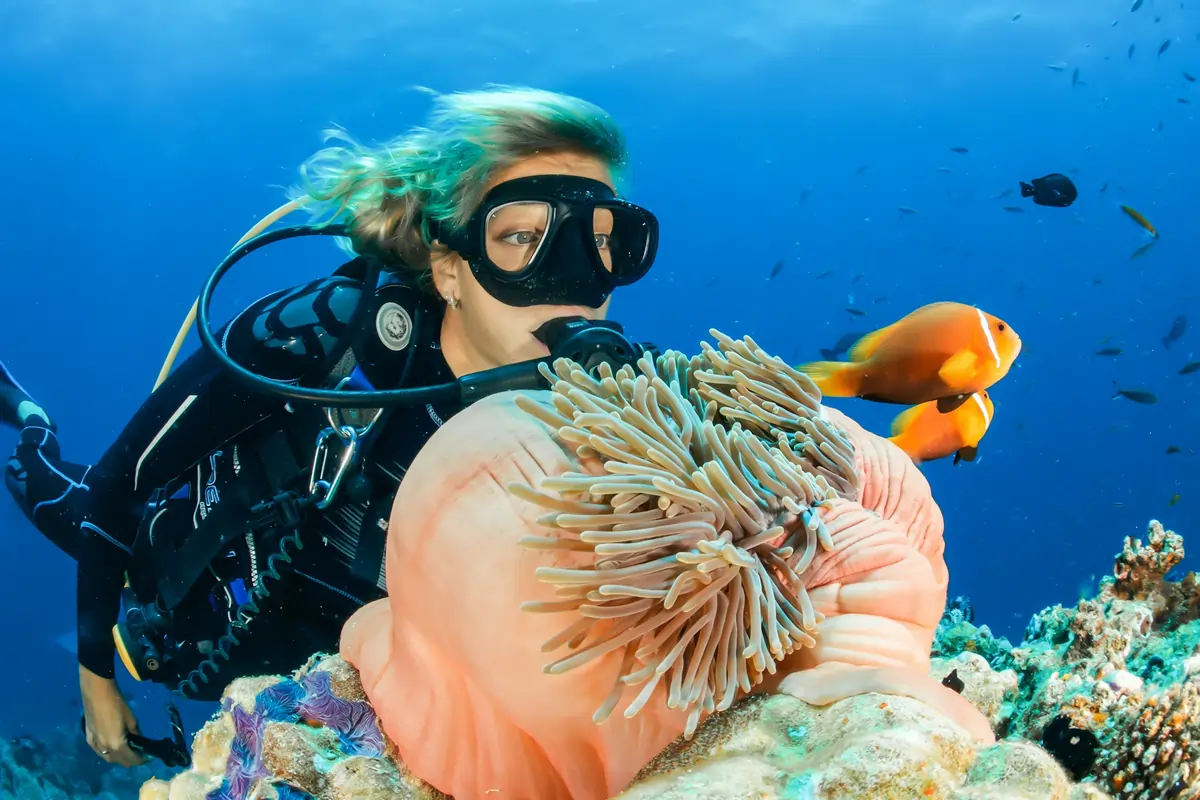
1 thought on “Best Diving In Southeast Asia Easy Access Sites For Every Diver”